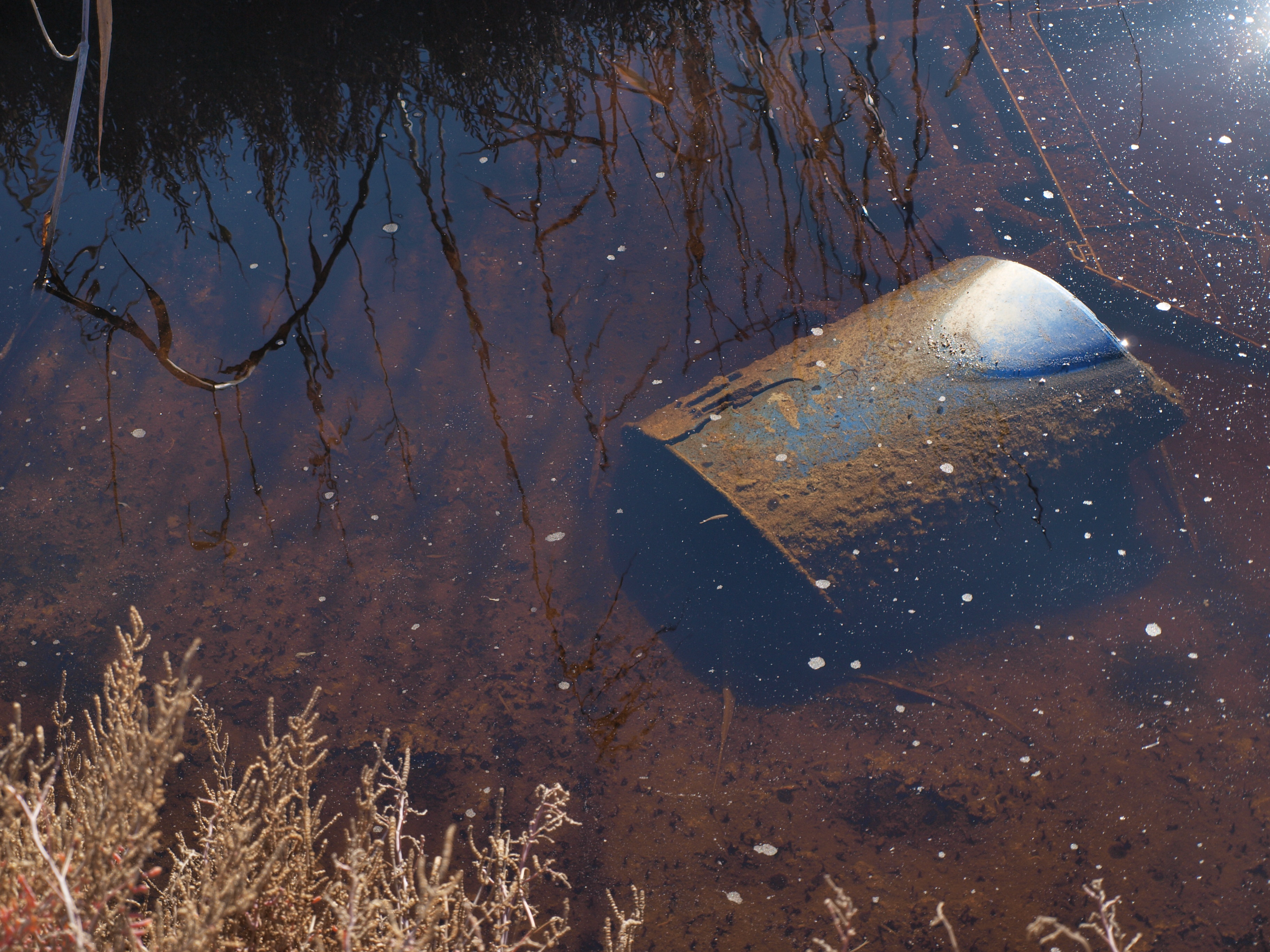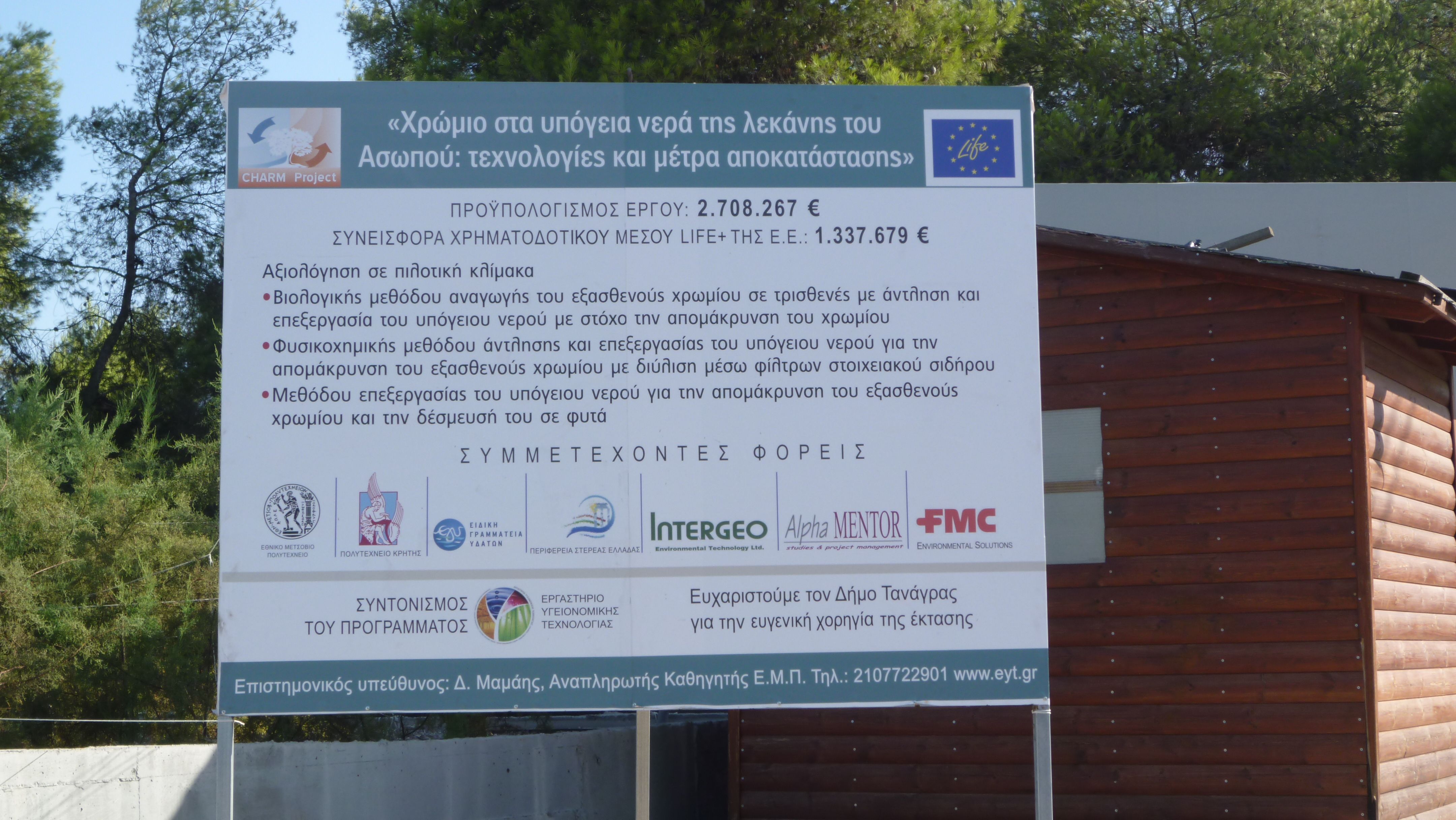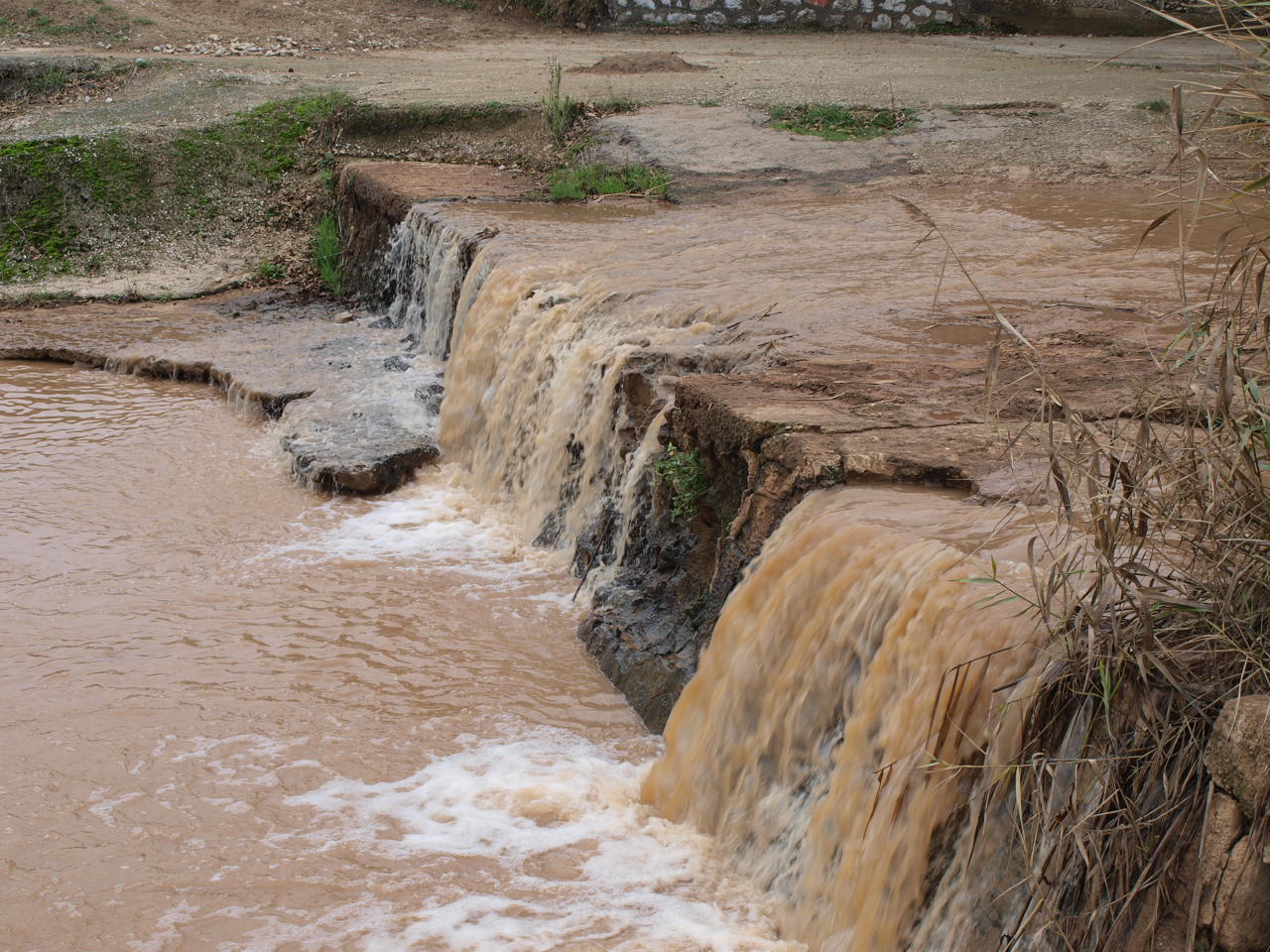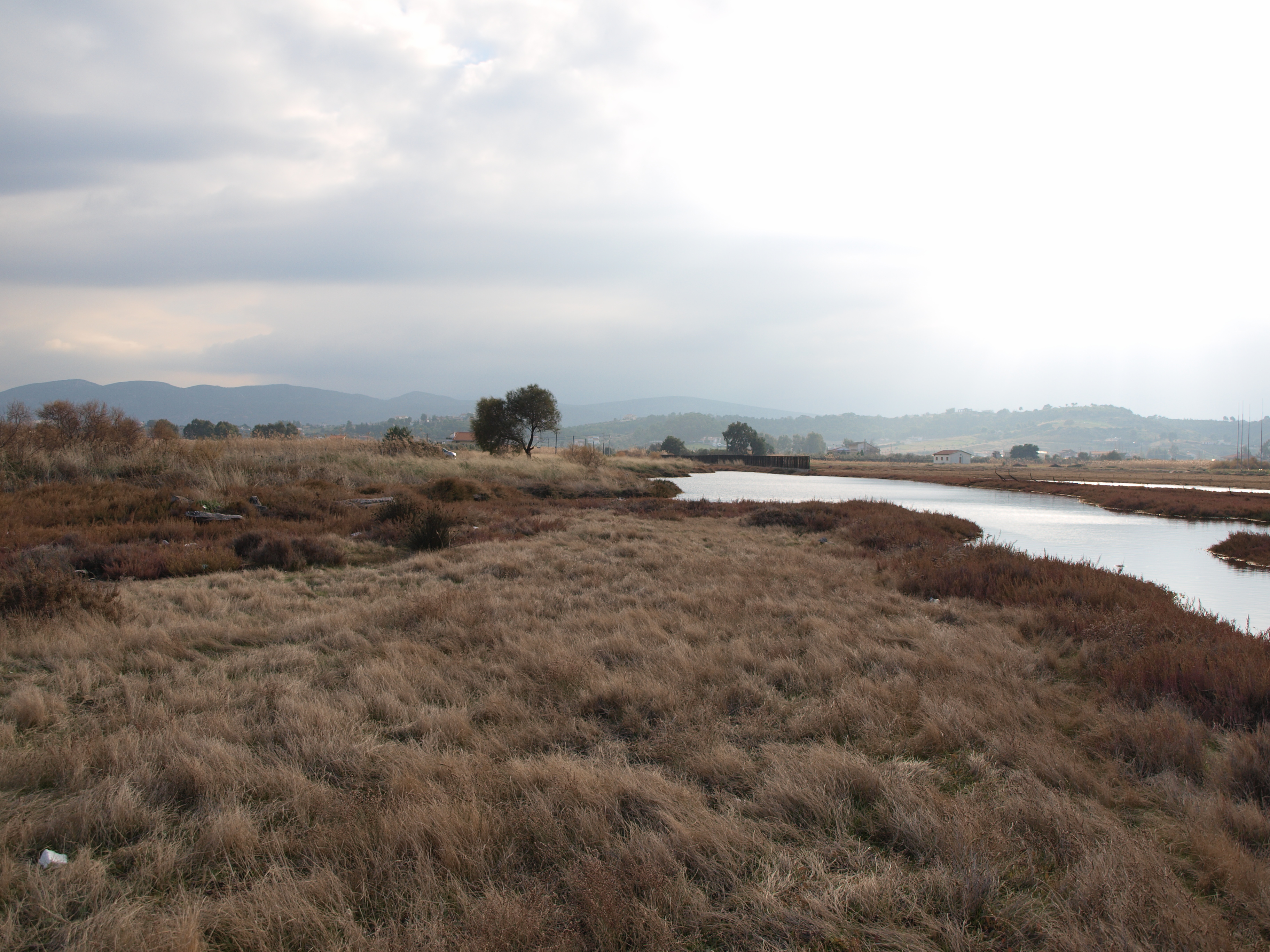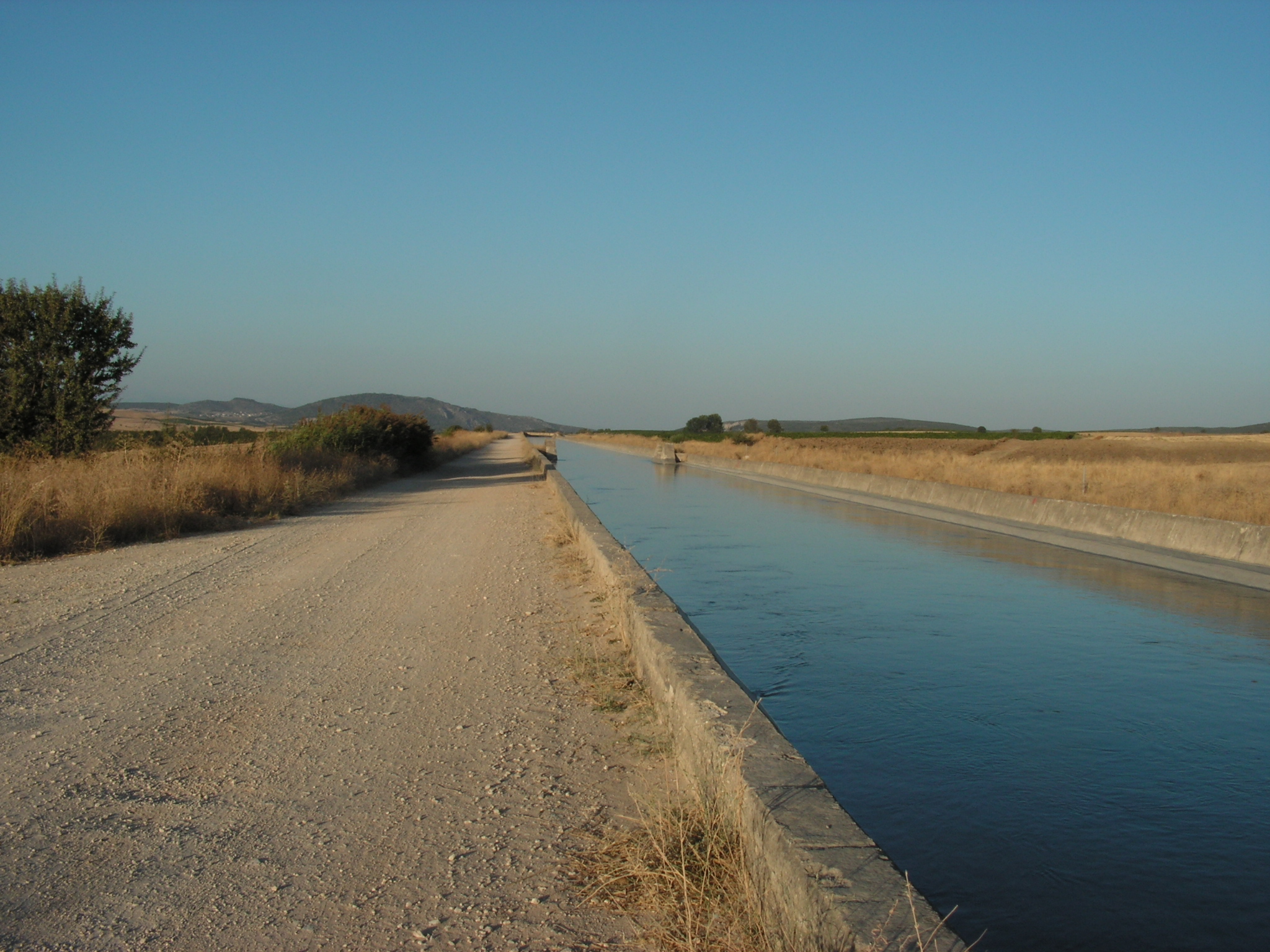December 2017 - LIFE CHARM
Α) Identity of the project
| Title/ N° |
LIFE CHARM «Chromium in Asopos groundwater system: remediation technologies and measures » LIFE10 ENV/GR/000601 |
| Duration | 01.09.2011 – 31.08.2015 |
| Budget | 2.555.494 € |
| Beneficiaries |
Coordinating beneficiary: National Technical University of Athens, Sanitary Engineering Laboratory Associated beneficiaries: Technical University of Crete, Special Secretariat for Water (Hellenic Ministry of Environment and Energy), Region of Sterea Ellada, Alpha Mentor, Intergeo, PEROXYCHEM |
| Location of activities |
Asopos River Basin, Viotia, Greece |
| Website | |
| Contact |
NTUA, Professor Daniel Mamais, Tel.: 00302107722901, E-mail: This email address is being protected from spambots. You need JavaScript enabled to view it. |
Description/Aim
In Greece, as around the world, groundwater systems are threatened by a combination of excessive abstraction and chemical pollution. The Asopos River Basin, in the region of Sterea Ellada, is one of the most threatened water systems (surface and groundwater) in the country. Most importantly, the groundwater system of Asopos contains high concentrations of chromium and hexavalent chromium, Cr(VI), which in some cases exceeds 100 μg/l. This has, understandably, caused public concern. The Ministry of Environment and Energy has established Environment Quality Standards (EQS) for the surface water and Emission Limit Values (ELVs) for the relevant industries, but has not established respective threshold values for Cr(VI) for groundwater. The possibility that the background level of chromium in the aforementioned groundwater system is naturally elevated (due to the area’s geochemical characteristics) makes it difficult to determine rational pollution thresholds, and to implement appropriate remediation technologies and measures. The overall aim of the CHARM project was to establish threshold values for chromium in the Asopos River Basin, and to address delays in the implementation of the Groundwater Directive (2006/118/EC) (GWD). Additionally, innovative methods were applied to estimate the natural background levels of chromium in the Asopos River Basin and appropriate remediation technologies were tested and evaluated.
Β) Good practices
Within the context of LIFE CHARM project a roadmap for actions was developed that can be proposed and implemented as next steps for environmental protection and restoration of the Asopos region. This roadmap was included in a synthesis report that contained the outcome of all actions of the project LIFE CHARM and was a collective effort of all members of the research team. The Programme of Measures, aiming to protect Asopos River, was drawn up in the principles of Directive 2000/60/EC (WFD). The establishment of the programme of measures has taken into consideration the views of various stakeholders that were recorded through a consultation phase, which included many open meetings with all interested parties and a survey, intended to collect different views in connection to the measures proposed for Asopos RB and various stakeholders meetings. As a result the measures proposed were related to the environmental problem of the area and the subsequent public concerns. The following categories of measures were identified: 1) Legal – Institutional, 2)Environmental – Pollution, 3) Remediation of contaminated sites, 4) Groundwater treatment units, 5) Regulation of water uses and 6) Awareness actions. Significant parts of this roadmap have already been included in the Strategic Plan for the Protection of the Asopos River Basin developed by the Region of Sterea Ellada.
During the implementation of the project we pursued the maximum possible dissemination of the project’s findings and results. We have sought cooperation with all policy makers at both local and central government level in order to disseminate project’s results at the highest possible level. We believe that CHARM project developed a strong sense of trust and understanding with local stakeholders groups, as evidenced by the participation of many stakeholders in all the open meetings we organized at Livadeia and the response and comments we have received. We intend to continue cooperation through regular communication with all stakeholders.
C) Results
CHARM project contributed to solving the problem of hexavalent chromium (CrVI) pollution in the Asopos River Basin. The project team identified the properties of both groundwater and soil in the area, developed a methodology for establishing threshold values for chromium, and demonstrated different technologies for the remediation of groundwater with high levels of hexavalent chromium. A detailed Programme of Measures (PoMs) for the river basin of Asopos was established, based on a long consultation process with the relevant stakeholders.
The project team defined the natural background levels of chromium in Asopos River Basin, thereby increasing the scientific knowledge about its geological and physico-chemical characteristics (groundwater and soil) and how these contribute to background levels of chromium. The project beneficiaries proposed threshold levels for total chromium and CrVI in groundwater. A study of the extent of chromium pollution in the Asopos River Basin was completed, including the identification of the main natural and anthropogenic sources. A high CrVI pollution hotspot was identified (the first found in the area), confirming the presence of severe anthropogenic pollution. Four pilot units were established and these were used to demonstrate four different innovative technologies for the remediation of chromium-polluted soil and groundwater.
The CHARM team developed a PoMs, an integrated plan based on the project's results and encompassing technical, administrative and legislative aspects, for the remediation and monitoring of Asopos groundwater system. The Programme incorporates, for example, provisions for an environmental register of industries and an inventory of point sources of pollution, the construction of a centralised industrial wastewater treatment plant, a reformed environmental permitting system, and an effective environmental auditing system. The Programme of Measures was communicated to the region of Sterea Ellada and to the Greek Ministry of Environment and Energy.



